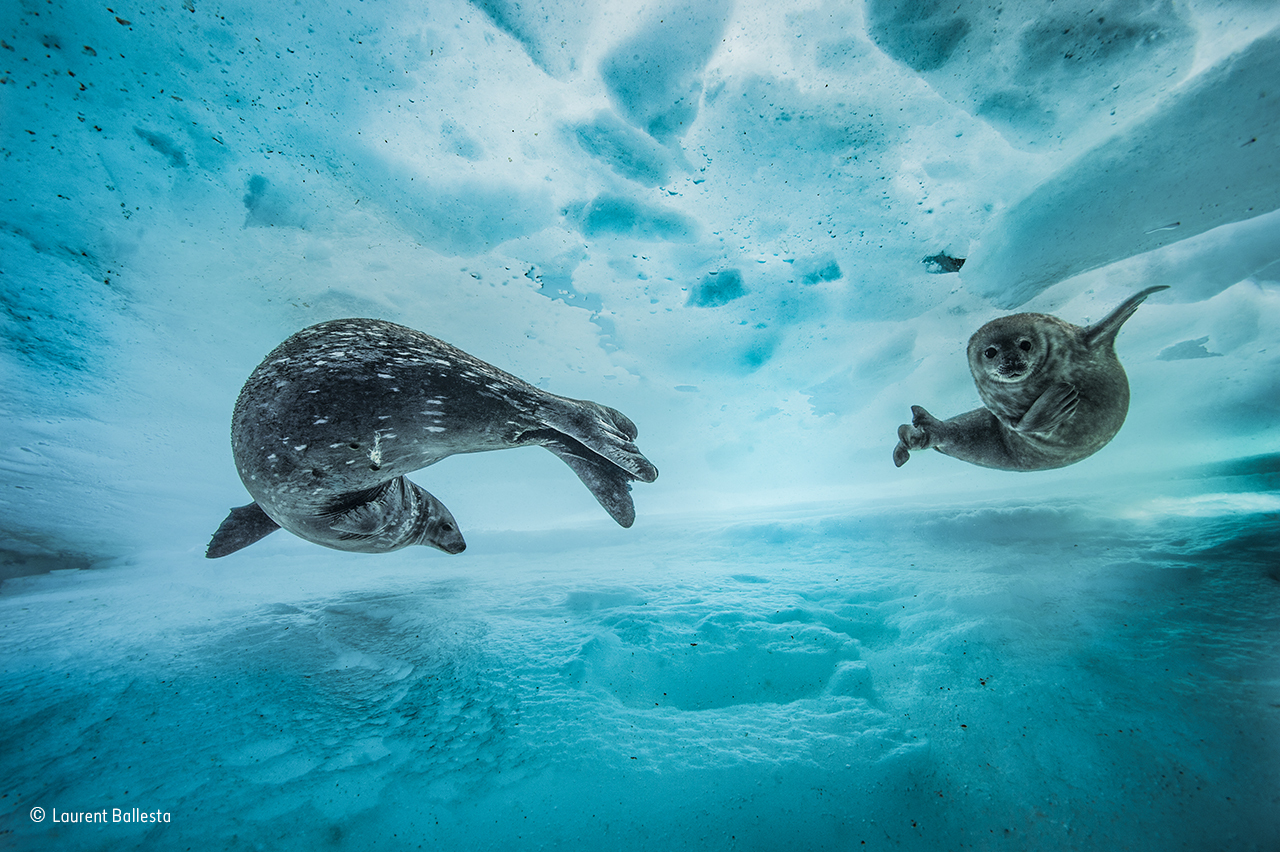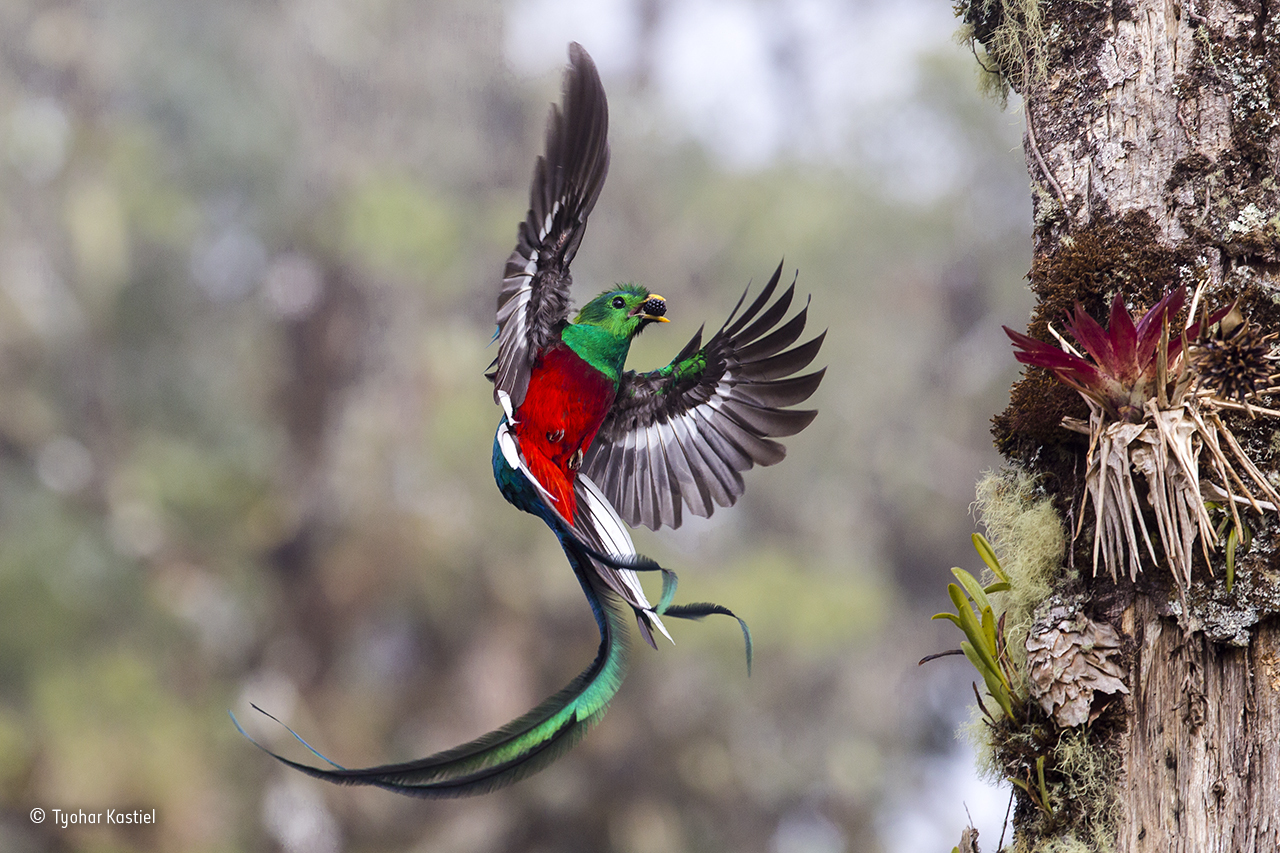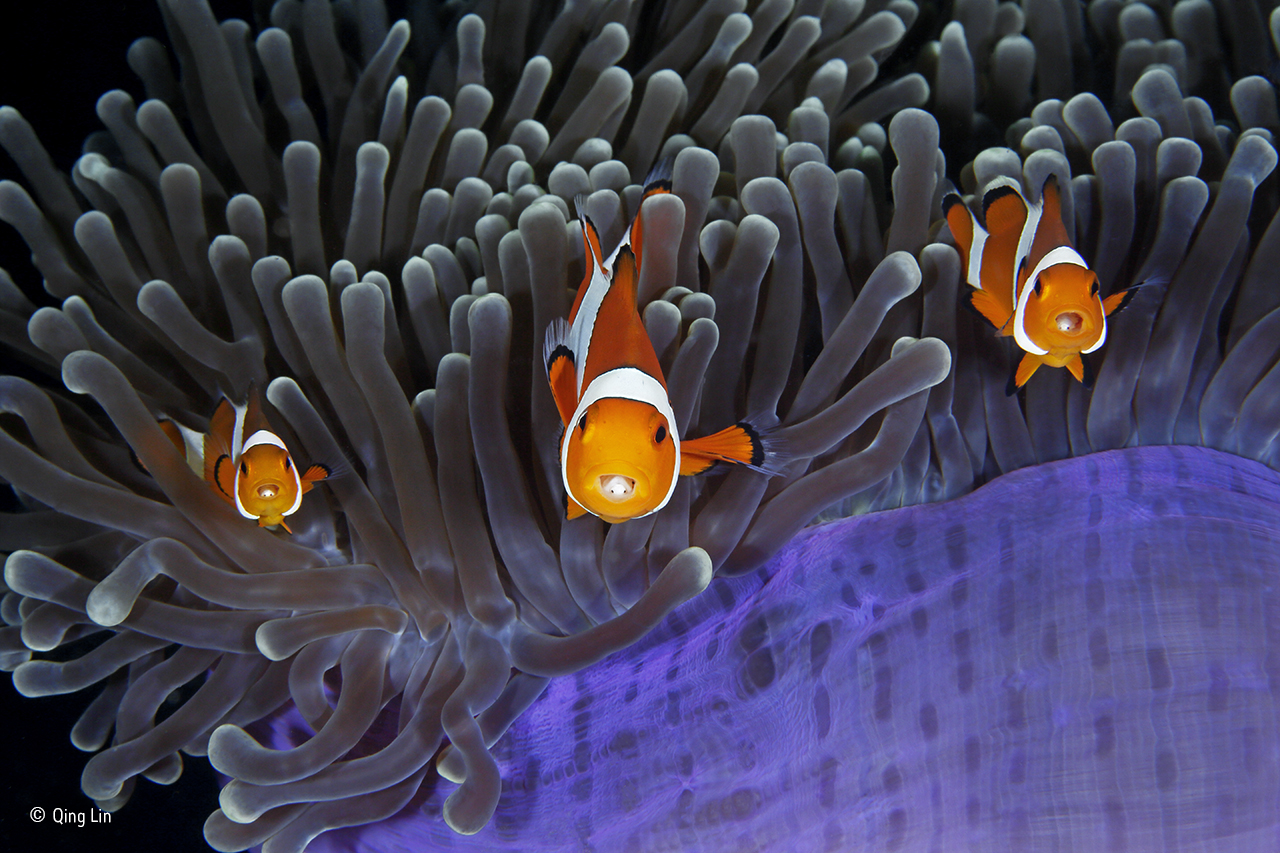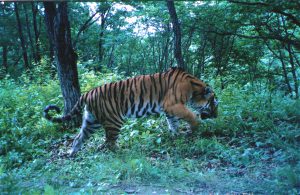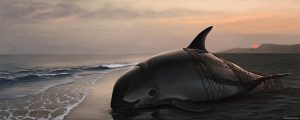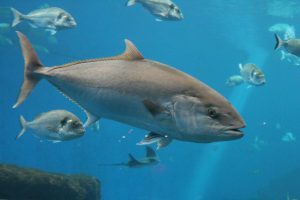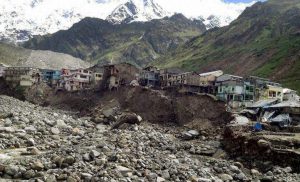The enormous threat posed by waste plastic to our oceans has been highlighted in this year’s Natural History Museum’s Wildlife Photographer of the Year competition. The photograph of a seahorse with its tail wrapped around a plastic cotton bud illustrates how seemingly innocuous household items can find their way into the marine environment.
The image is just one of 13 chosen from more than 50,000 entries from 92 countries. Other finalist images include seals swirling beneath ice, two bears nuzzling, and a tiger baring its teeth from inside a cage.
The annual competition, which is now in its 53rd year, is developed and produced by the Natural History Museum in London. The competition winners will be announced on October 17 and the exhibition will run from October 20th until spring 2018.
The museum says the competition showcases “Earth’s most extraordinary and revelatory sights, reflecting nature’s beauty and diversity and highlighting the fragility of wildlife on our planet.”

